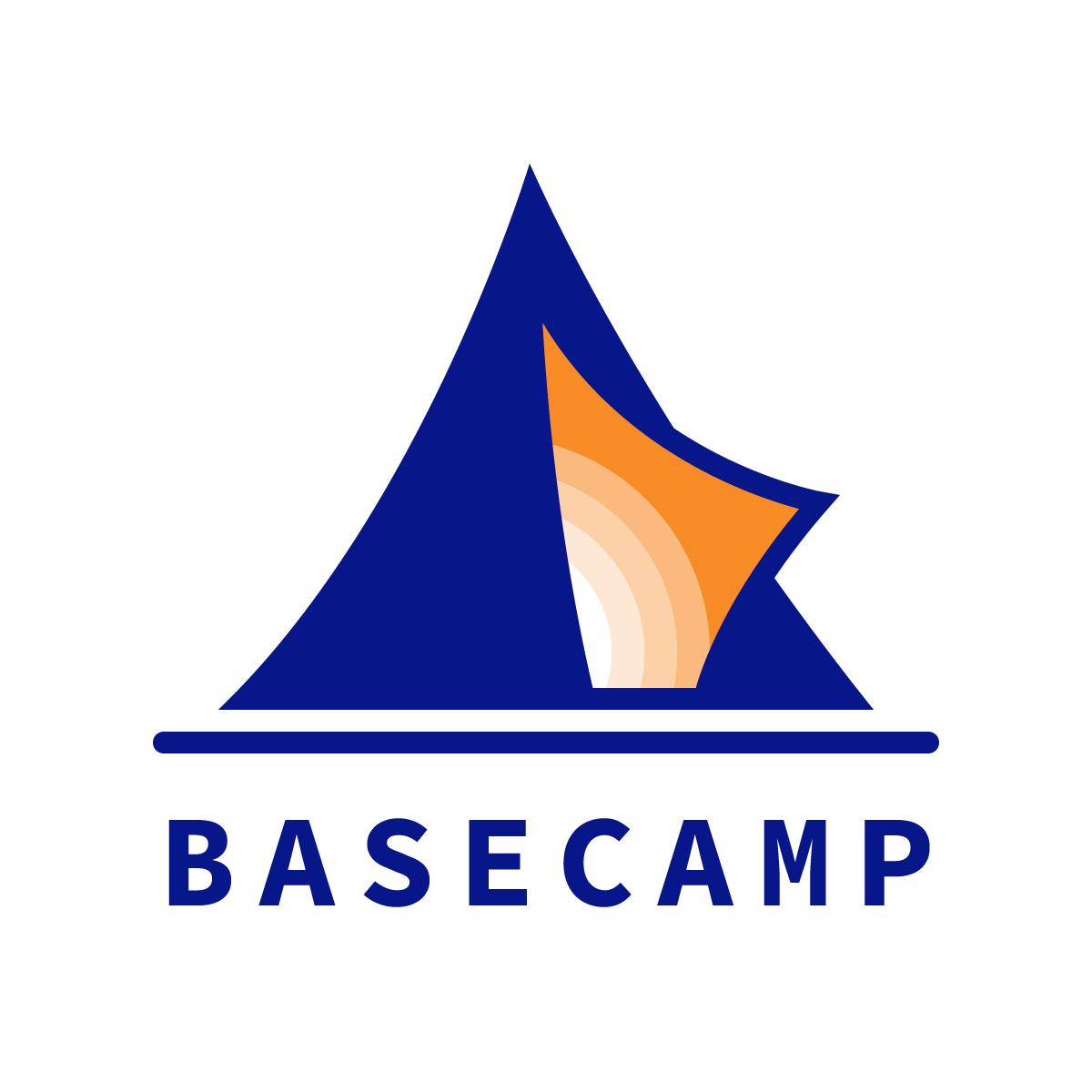Future of Learning Top Reads for week of Feb 3 2020
“Six ‘College Hacking’ Trends to Watch in 2020,” by Kathleen deLaski and Tara Lifland, on the Education Design Lab blog
“Hot valuations can be more a sign of hype than reality, but this one signals that employers and employees are buying into ‘The Weave’ model that we are helping colleges consider, making a bet that because 70% of all college learners are also working 15 hours or more, successful models will increasingly blur the lines between work and school, over a lifetime.”
Why does this matter to the future of learning?
What if the future of higher education involves constant weaving between and among life, school, and work?
In this model, credentials would be unbundled from large, slow-moving structures like the 4-year undergraduate degree. Employers are already partnering with higher ed to credential certain types of learning, and before long may credential their own learning. Storing those credentials on the blockchain would allow students to mix and stack a wide variety of small, nimbler credentials.
Changing the size, shape, and frequency of learning experiences—and, more importantly, the credentials that verify them—could have a ripple effect on K12. Look to corporate Chief Learning Officers for leading indicators.
***
“20 Predictions for Education in 2020,” by Michael Nachbar, on the GOA blog
“Dual credit programs, where high school students can earn college credit, are growing at a significant rate. There are also an increasing number of BA/MA programs where students can earn both degrees in five or six years. Combine these two ideas — dual credit and dual degree — and we may see more colleges get into the high school arena, or maybe even high schools get into the college space.”
Why does this matter to the future of learning?
Greater adoption of dual enrollment credit programs could reshape the economics of K12 education. Graduating with a year (or more) of college credits would represent a new value proposition.
***
“Threshold Concepts: A Bridge Between Skills and Content,” by Eric Hudson, on the GOA blog
“Threshold concepts have five essential traits: 1) they transform the learner’s perception of the field, 2) that transformation is permanent, 3) they are integrative in that the learner perceives interrelated ideas in the same way experts in the field might, 4) they are bounded in that mastery allows the learner to move on to other threshold concepts, and 5) they are ‘troublesome’ for learners. Meyer and Land cite a few examples of threshold concepts in their research: opportunity cost in economics, limits in mathematics, and signification in the humanities.”
Why does this matter to the future of learning?
Threshold concepts are integral to the development of mental models, which means they are integral to schools of future.
***
Thank you for reading this post from Basecamp's blog, Ed:Future. Do you know someone who would find the Ed:Future blog worthwhile reading? Please let them know that they can subscribe here.


